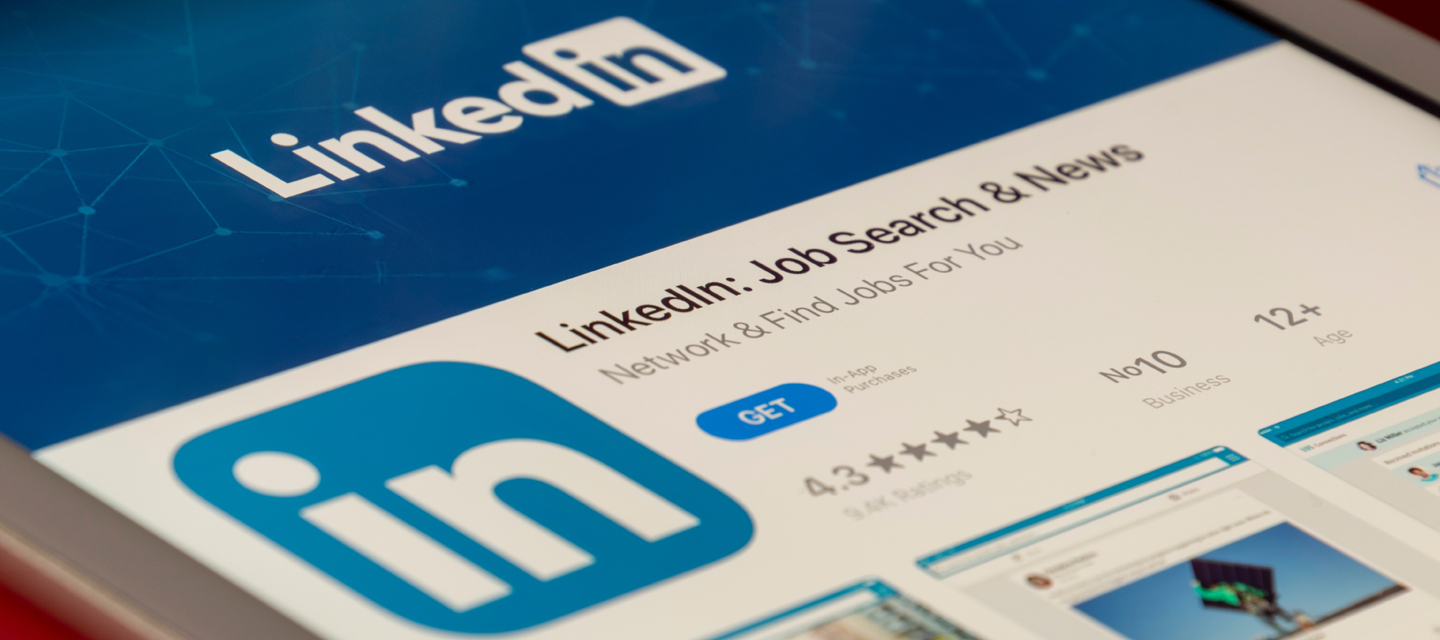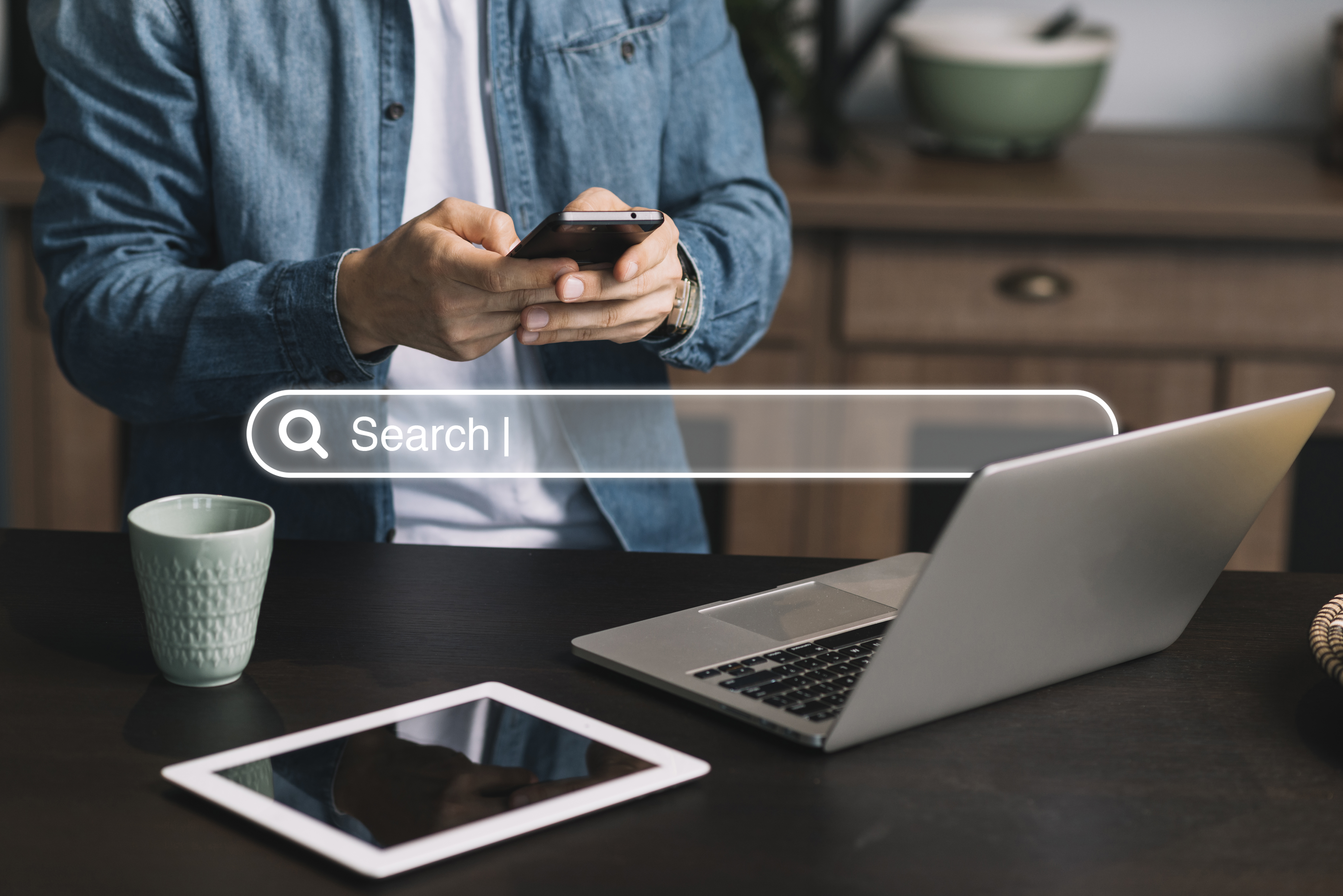How to plan an app – part 2
In part 1 we looked at why you would do an app and what to research to understand the functionality …

In part 1 we looked at why you would do an app and what to research to understand the functionality it should include. Once this is complete you are ready to begin designing and building it.
Briefing an agency
Whether you have an agency in mind or are inviting them to pitch for the work, you need a good brief to get back realistic costs and timings.
Your brief should include:
- Description of the company and the audience the app is aimed at
- Why you are doing the app
- Needs the app is meeting or the problem it is solving
- Any key research findings, e.g. client feedback
- An outline of the functionality you would like the app to contain – be as clear and detailed as possible
- Your budget and timeframe
Working with an agency
Now the fun begins! Whoever you chose will work through wireframes and designs with you and then start coding the app.
It can be difficult to imagine the app from a flat visual, however, user experience should triumph over design where apps are concerned. When looking at visuals focus on the user’s actual experience through it and not just how it looks.
It can be difficult to imagine the app from a flat visual, however, user experience should triumph over design where apps are concerned.
If you are planning to create the app in two or more platforms, for your own sanity start with one. It may make the overall project a little longer but it can prevent tears further down the line if a piece of functionality is no longer required or has to be changed. You only need to change on one app, not two or more.
Testing
It is important that you test the app as thoroughly as you can. Create an internal testing team with a variety of devices to get feedback, as well as asking clients to test it for you. This will be the best possible feedback you can get.
Try to test on as many different devices as possible, especially for Android apps as their OS is on a variety of different handsets, all with different screen sizes. iOS apps should be tested on an iPhone 4 and 5. Windows 8 apps should be tested on the relevant devices (though you may find this harder as it is not as popular as iOS and Android).
Test on as many different devices as possible.
Apple will only allow you to test on a maximum of five devices and Windows is similar. Android allows you to distribute the file without restriction.
If you are struggling to find devices to test on, then discuss this with your agency at the earliest opportunity. They may be able to give you access to different devices.
Launch
You’ve tested and tested and now it’s time for go live.
App stores will require a description of the app and its functionality. It should be succinct (no one will read a long list) and clearly convey the benefits of the app.
Apps will be reviewed by each store before it’s made available for download. Each store has different review processes:
- Android is quick – apps are normally approved within hours.
- Apple will take around a week, sometimes longer.
- Windows is usually 3-5 working days.
It will not be possible for your agency to give you a specific date for the app’s approval. You can specify a date for when the app should be made available but this is only a date you are saying is okay for the app to be live after. You will not be able to force any app store to commit to a date.
What if my app is rejected?
Apps can be rejected for many reasons. Frequently it is because of small technical errors that can be easily remedied and the app resubmitted.
More serious reasons could be that the app is not useful enough – this has become a favourite of Apple’s. If you are given a reason like this, then the app may require more reworking.
Marketing your app
Now the app is live, you can tell everyone about it and you will need to. There are now over one million apps on both Apple and Android’s app stores so it’s unlikely anyone will stumble across it.
There are lots of ways to tell your clients and contacts. A direct email campaign is a good way to alert them to the app and get an immediate response, i.e. downloads. Make sure your website has links to the apps as well.
Measuring success
The obvious measure is the number of downloads, however you must be realistic. It is not usual to see a spike in downloads after launch and then the numbers build up slowly. This is especially true for B2B apps as people discover them as they get to know you.
Positive and happy users mean that you have created a successful app.
A key measurement is user feedback. Go back to your surveyed clients three to six months after launch and ask for their opinion. Are they aware you have an app? Have they downloaded it? Do they like it? How frequently do they use it? What improvements would they like to see? It is also a good opportunity to ask them to review the app on the relevant store to reassure potential users. Positive and happy users mean that you have created a successful app.
Are you thinking of creating an app for your business? We’ve developed apps for a wide range of businesses – email us at hello@minttwist.com to find out more about mobile app development London.
More insights from the team


